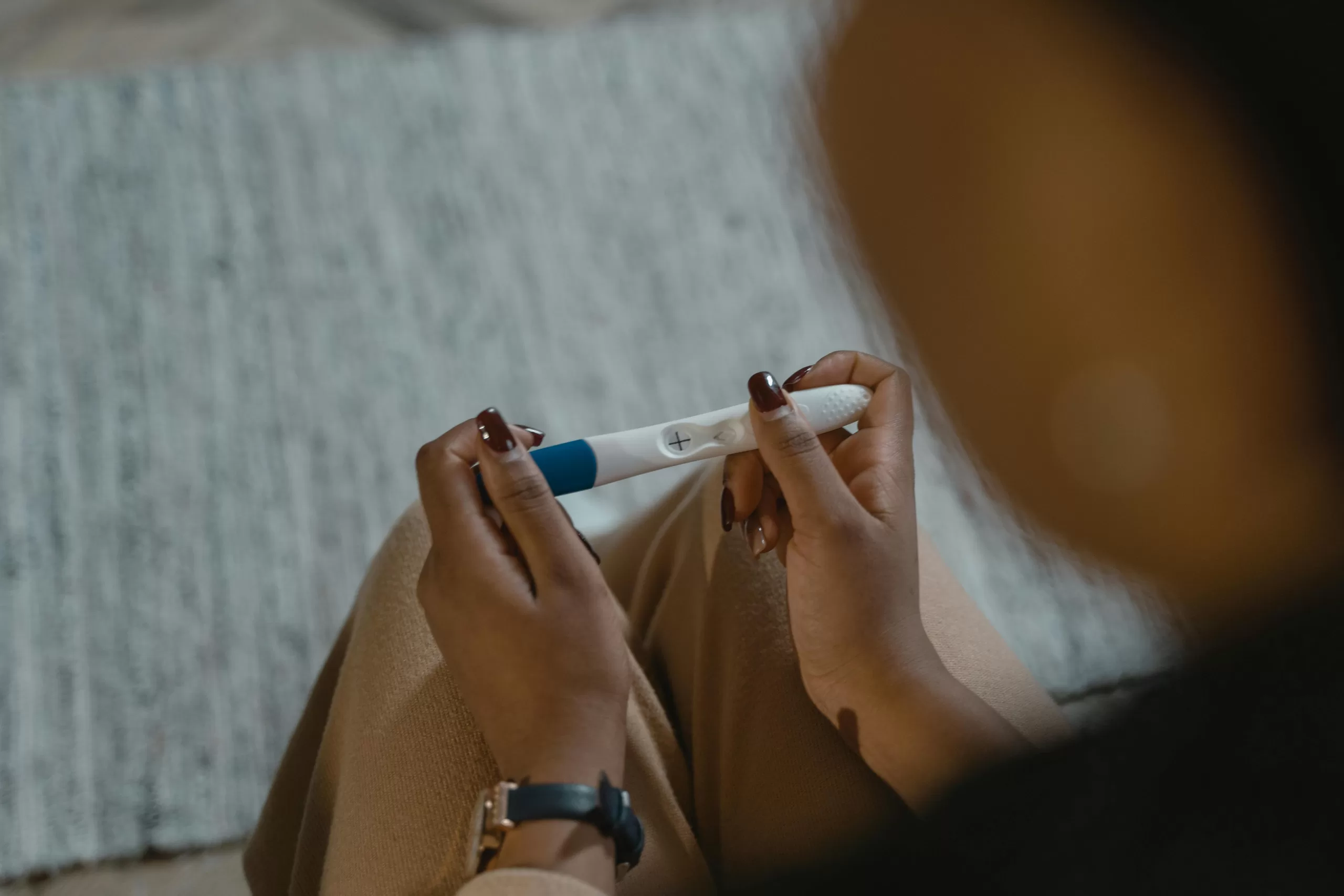By Sue Bedford (MSc Nutritional Therapy)
Like humans, mushrooms can synthesize vitamin D when exposed to UV light- (because they are rich in the vitamin D precursor Ergosterol, which ultraviolet B converts to ergocalciferols, also called provitamin D2) – so why not leave your mushrooms on the windowsill in a bowl for a few hours before cooking?
There is increasing evidence to suggest that vitamin D status may affect fertility. Vitamin D is a fat-soluble vitamin and has an essential role in the absorption and use of calcium and phosphorus and therefore in the formation and health of bones, teeth and cartilage. It functions like a hormone and every cell in the body has a receptor for it. Vitamin D is frequently referred to as the ‘Sunshine Vitamin’ as sunlight is necessary for the synthesis of this Vitamin (which is produced underneath the skin following exposure to sunlight). Vitamin D occurs in two forms: vitamin D2, which is present in a small number of foods, and vitamin D3, which is formed in the skin when exposed to sunlight. Both D2 and D3 are converted into a form that the body can use (active form) in the liver and the kidneys. People need varying degrees of vitamin D depending on where they live and their diets.
Which foods provide us with vitamin D?
Egg yolk, Mushrooms, Sardines, Mackerel, Salmon, Milk (and dairy products- butter is a good source), Tuna, Cod and halibut liver oils. To make vitamin D more available to us, it is added to dairy products, juices, and cereals that are then said to be ‘fortified with vitamin D’. But most vitamin D – 80% to 90% of what the body gets – is obtained through exposure to sunlight.
Why is it needed in the body?
- Vitamin D is necessary for the absorption of calcium, magnesium, iron, zinc, phosphorus and other minerals.
- It helps the body to assimilate vitamin A
- Needed for the health of teeth and bones
- Necessary for the metabolism of phosphorus and calcium
- Required for kidney function
- For the maintenance of normal muscle function
- It contributes to the normal function of the immune system
- It plays a role in the process of cell division
What can cause a deficiency in Vitamin D?
People who cover their skin such as the elderly or rarely get outside into the light may be deficient. Those who live in cold climates (or far away from the equator) or in urban areas with high air pollution and limited sunlight exposure can also be affected. Owing to the kidneys’ inability to convert vitamin D, people with chronic kidney disease are at risk of deficiency.
What are the symptoms of a deficiency?
Rickets, frequent infections, hair loss, osteoporosis, tooth decay, fatigue, bone pain, mood swings, depression, muscle weakness.
How would I know if I am deficient in vitamin D?
The only way that you would know if you are low on vitamin D is by taking a test.
It is also important in female and male fertility
Sufficient vitamin D levels appear to be associated with both enhanced fertility and a healthy pregnancy in women who are attempting to get pregnant.
There are several functions for vitamin D’s active form (calcitriol) in female reproduction. When calcitriol is bound to its receptor, it can influence the genes that produce oestrogen. As the embryo enters the uterine cavity, just prior to implantation, the uterine lining responds by producing calcitriol. Several genes involved in embryo implantation are under the control of calcitriol. In order to arrange immune cells in the uterus and fight infections without endangering the foetus, calcitriol is produced by the uterus and placenta as soon as a woman gets pregnant. A woman’s vitamin D status during pregnancy has been linked to various issues, including diabetes and hypertension. Several studies have discovered that vitamin D blood levels of 30 ng/mL or above are connected with higher pregnancy rates, despite the fact that the evidence regarding vitamin D and fertility is inconclusive. In a recent study, it was explored if blood levels of vitamin D are related to the number of live births among women receiving fertility treatments. It was discovered that women with levels above 30 ng/mL had higher live birth rates than those with lower levels of vitamin D.
Vitamin D is also currently being studied re it’s role in relation to AMH levels- more follow up research is required.
In men, vitamin D status has been associated with semen quality and sperm count, motility and morphology. There is evidence to suggest that if a man is not deficient in vitamin D then there is a positive effect to be seen on semen quality, testosterone concentrations and fertility outcomes. Further studies are required in this area.
And for the peri menopause and menopause too…….
Vitamin D is crucial for calcium absorption which is crucial for bone health and strength. When we think about bone health, we often think immediately of calcium and magnesium. But vitamin D is just as necessary for bone health. Osteoporosis is a real problem facing women in their peri menopause and menopause years. If the women in your family have suffered from have osteoporosis, the chances are quite high that you may well too. Getting enough calcium, magnesium, and vitamin D is therefore an important factor to take into your dietary and lifestyle plan.
And by not getting enough vitamin D, you may also experience more:
• Digestive problems
• Weight gain
• Mental health problems like depression
Adequate Vitamin D levels in the body has been shown to have a positive effect on mood. Since mood symptoms are common in the menopause years, anything that minimizes your mood troubles is worth giving some time and attention to. If you suffer from seasonal affective disorder (SAD) and notice your mood being low during the winter season, you may want to boost your vitamin D intake during those darker months (as mentioned previously).
Interesting reading:
Bednarska-Czerwińska et al 2019 10;11(5):1053
Chu et al. Hum Reprod. 2018; 33(1):65-80.
Garbedian et al. CMAJ. 2013;1(2):E77-82.
Ozkan et al. Fertil Steril. 2010; 94:1314-19
Paffoni et al. J Clin Endocrinol Metab. 2014; 99(11):E2372-6.
Rudick et al. Hum Reprod. 2012; 27(11):3321-7.








